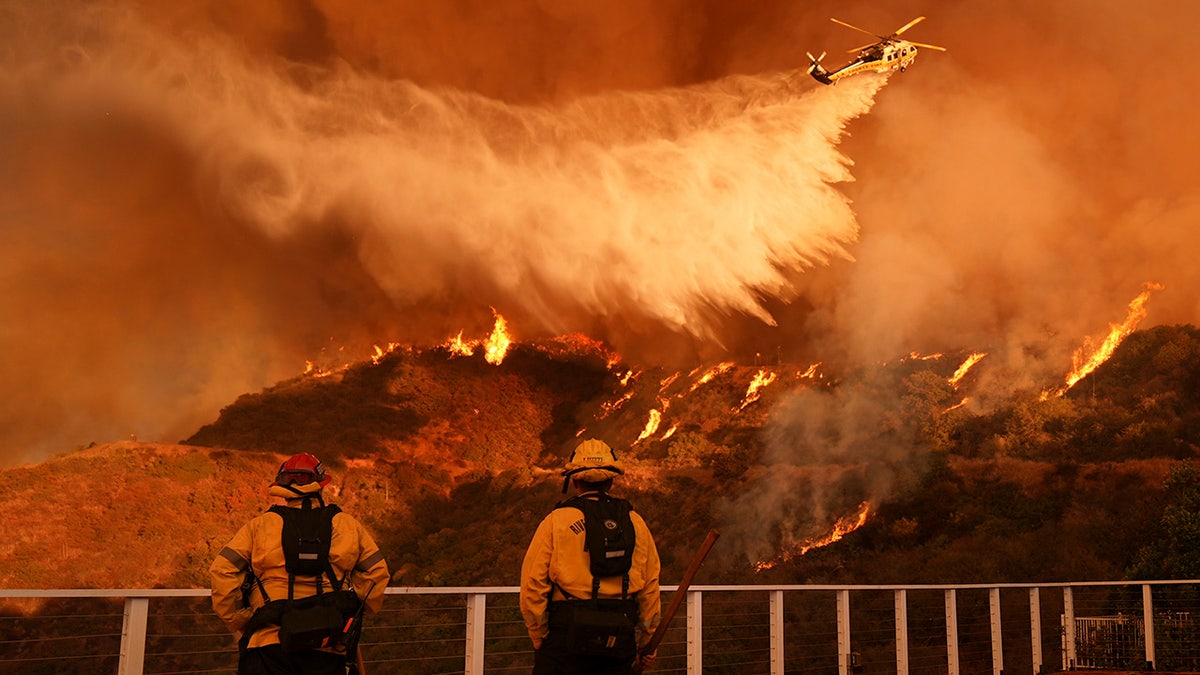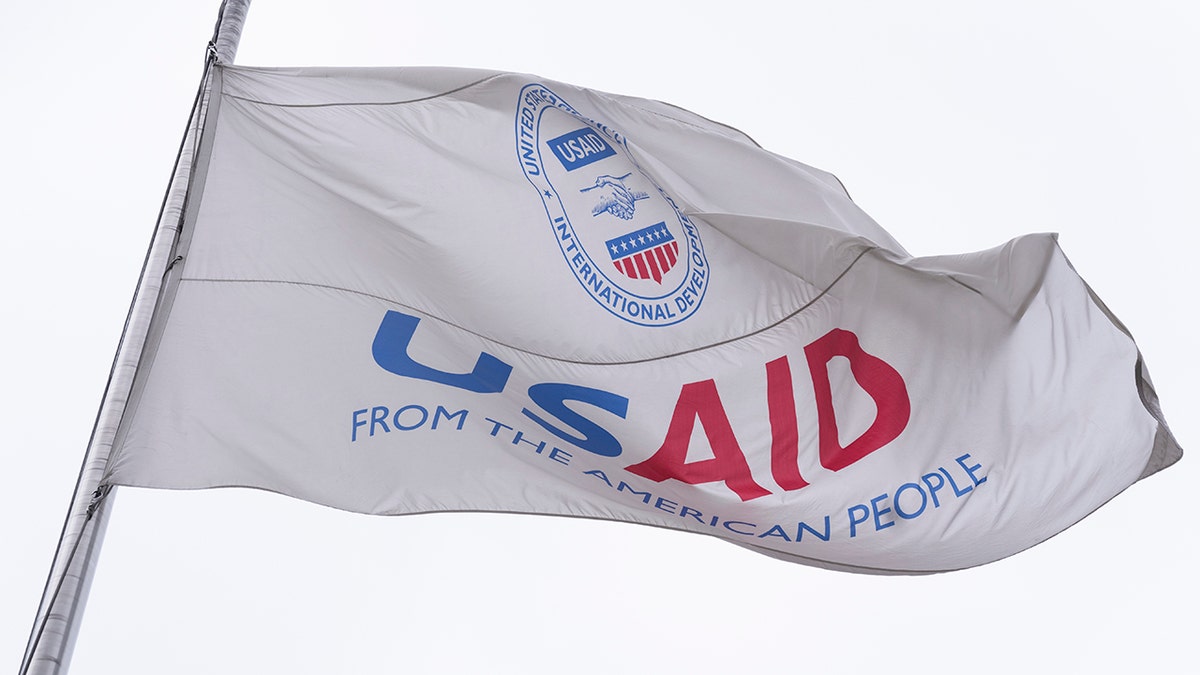A new mpox strain, clade Ib, has been identified in New York State, marking the first instance of this variant in the region. The individual diagnosed with the new strain had recently returned from Africa and is currently isolated under medical care until symptoms subside. Health officials affirm that there's no evidence of local transmission within the community or elsewhere in New York State.
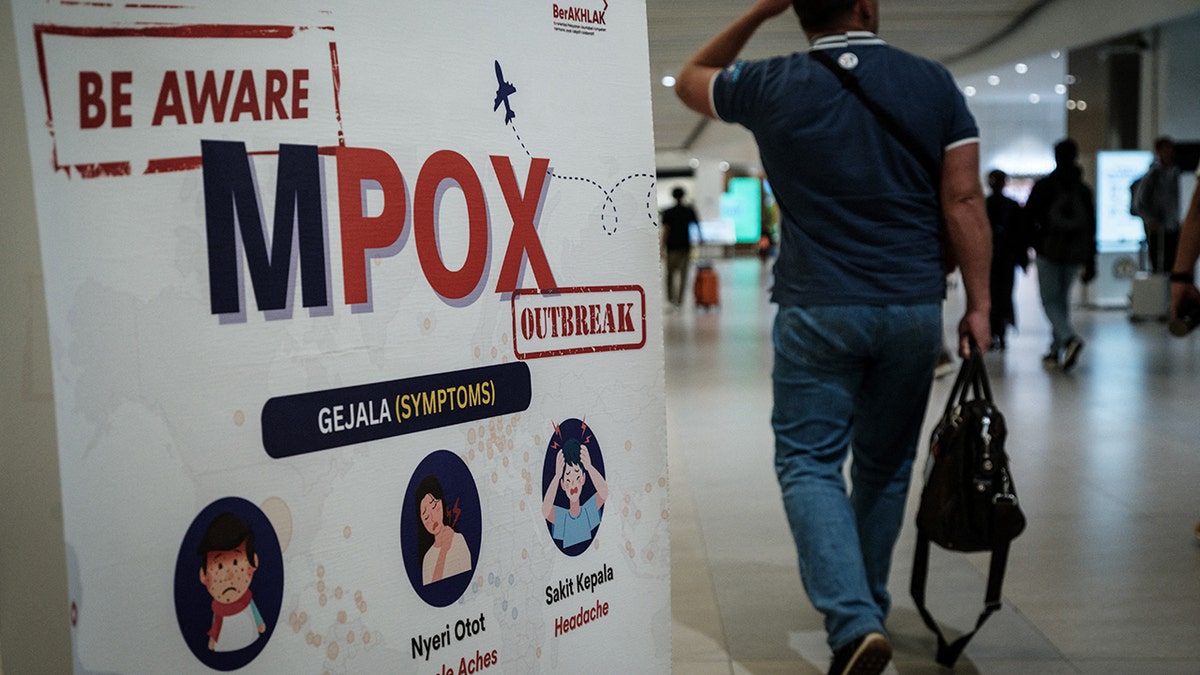
New York State Health Commissioner Dr. James McDonald assured the public that the JYNNEOS vaccine, a two-dose preventative measure against mpox, is anticipated to be effective against this new strain. The vaccine is readily available for at-risk individuals under a standing order issued last year. He emphasized that the general public faces no immediate threat.
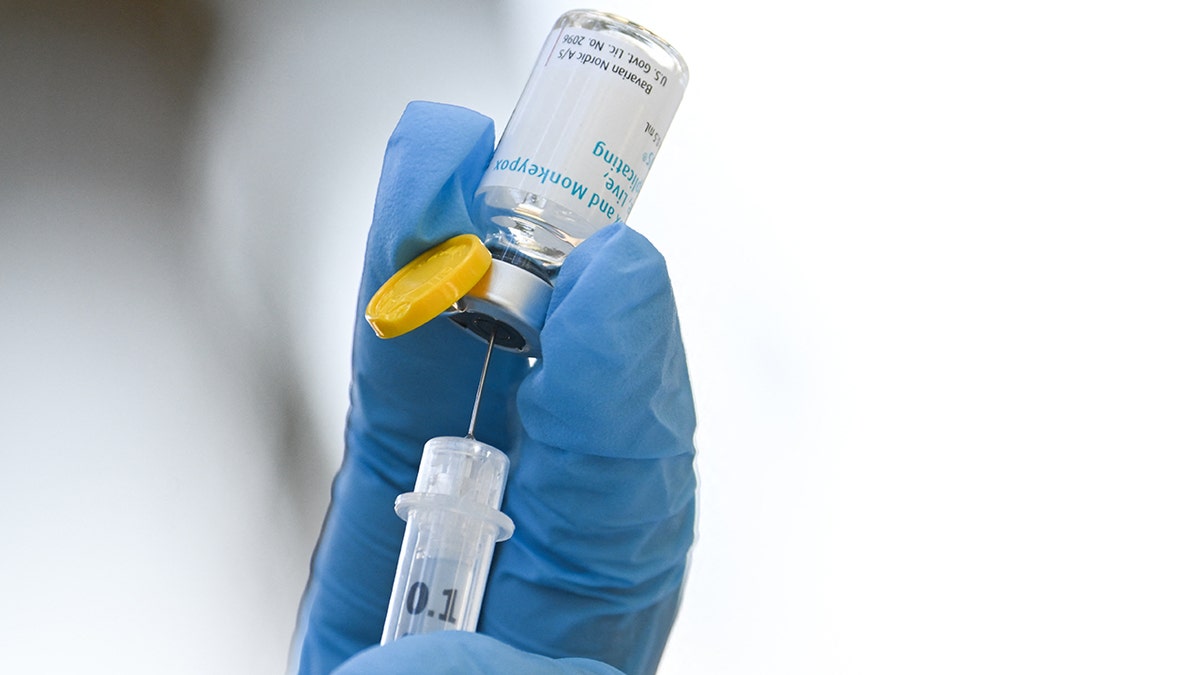
While mpox is rarely fatal, it poses higher risks for individuals with compromised immune systems, older adults, young children, and pregnant women. Typical symptoms include evolving rashes that develop into painful skin lesions, accompanied by swollen lymph nodes, fever, sore throat, headaches, back pain, fatigue, and muscle aches. The virus is highly transmissible until the lesions scab over, necessitating isolation until new skin forms at the affected sites.
Transmission primarily occurs through close contact with sores, scabs, or rashes, and via respiratory droplets, saliva, or mucus of an infected individual. Experts advise individuals traveling to regions with reported mpox cases to receive the two-dose JYNNEOS vaccine.
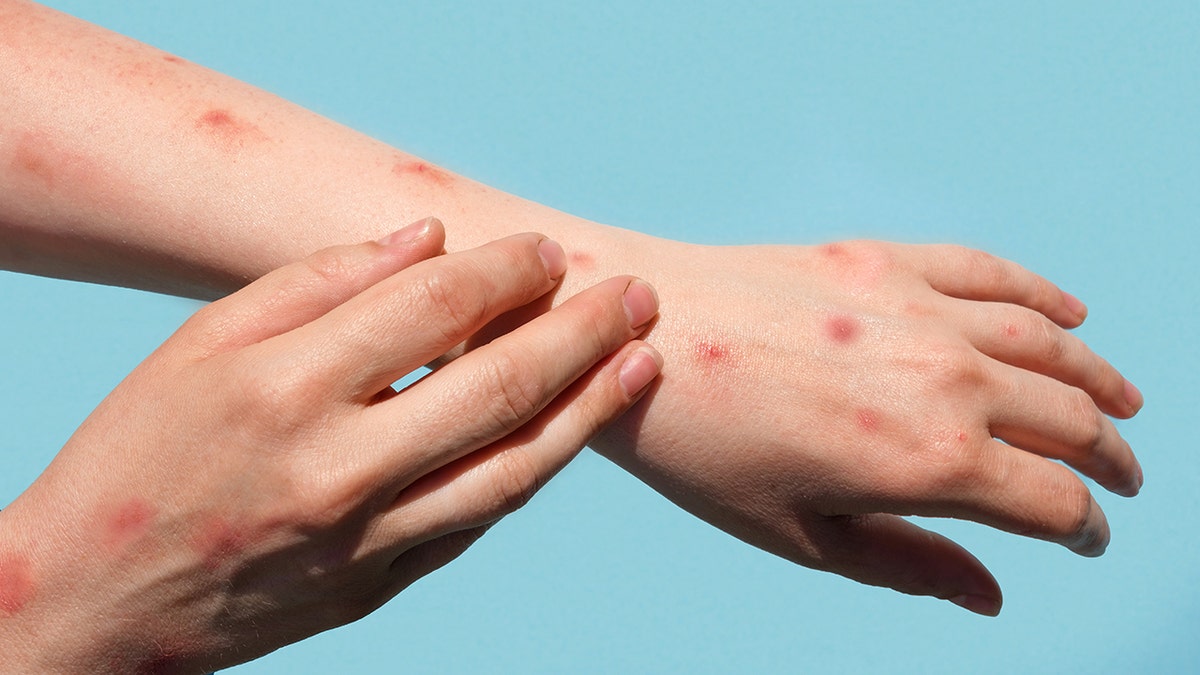
Dr. Myles Druckman, global medical director at International SOS, highlighted that this specific strain has been reported in various countries across Central and Eastern Africa, as well as in several other nations including Belgium, Canada, China, France, Germany, India, Ireland, Oman, Pakistan, South Sudan, Sweden, Thailand, the United Kingdom, and Zimbabwe. He underscored that the emergence of this strain is not unexpected, considering the ongoing global outbreak and the inherent risks associated with international travel.
Mpox can be contagious up to four days before symptoms manifest, with peak contagiousness from symptom onset until approximately two to four weeks later. Vaccination is particularly recommended for high-risk groups, such as healthcare professionals with significant exposure and individuals with weakened immune systems.
Preventive measures primarily involve vaccination and avoiding direct skin contact with individuals exhibiting symptoms or visible outbreaks. Maintaining good personal hygiene and frequent handwashing are also crucial.


